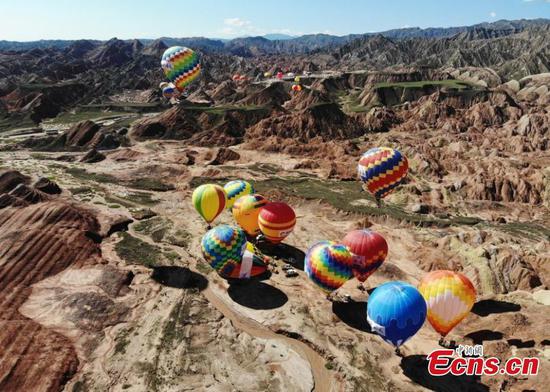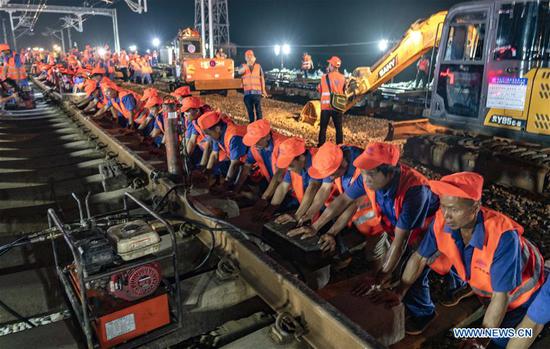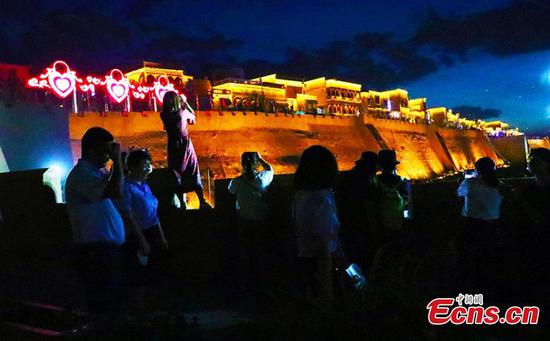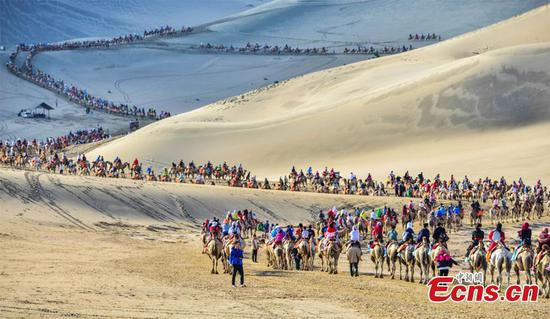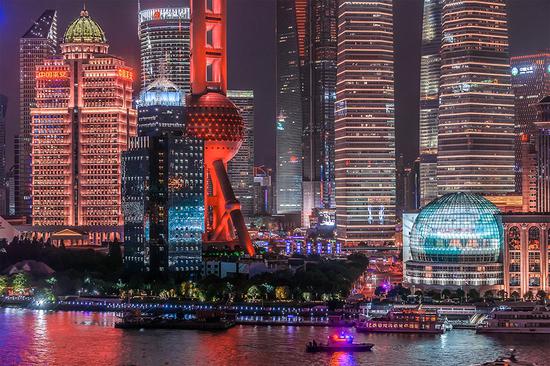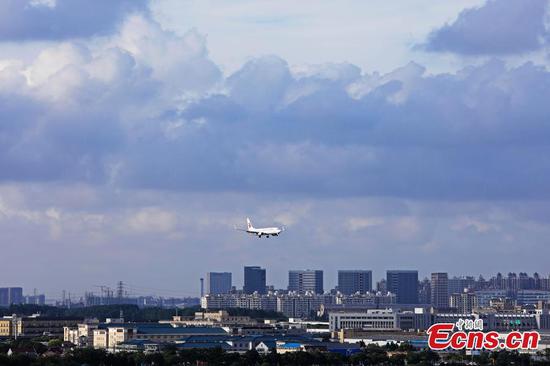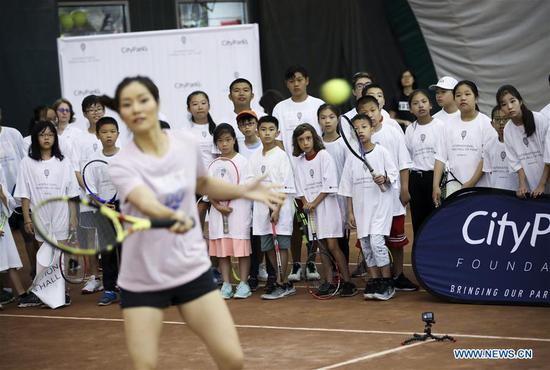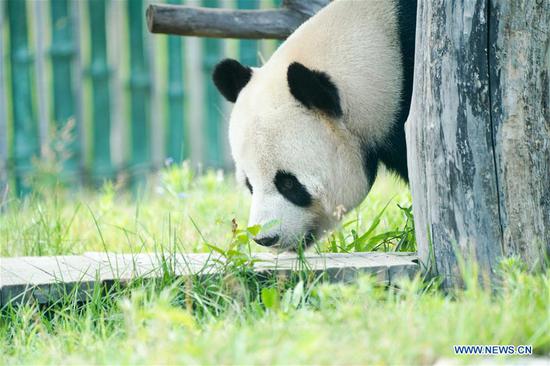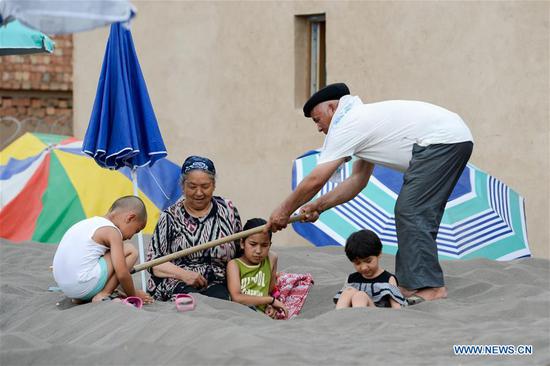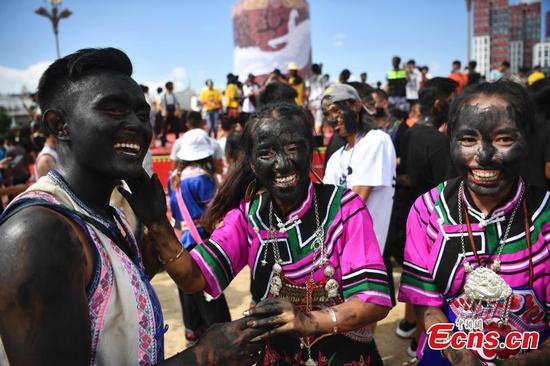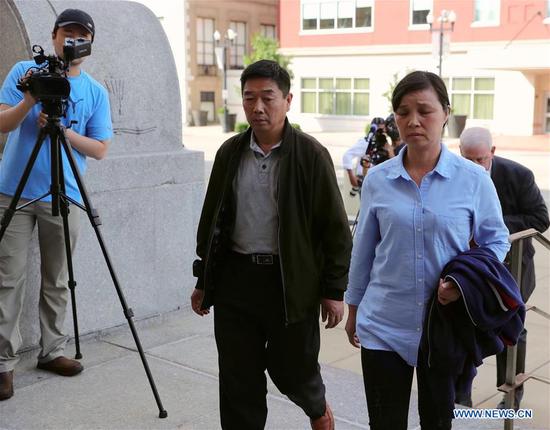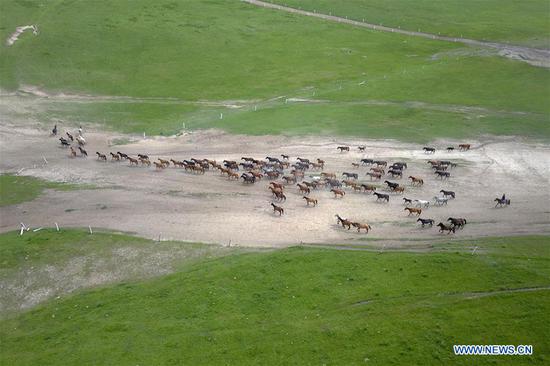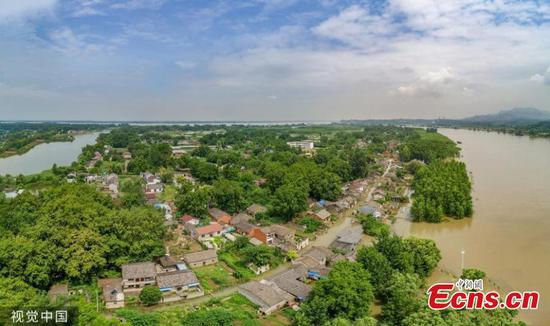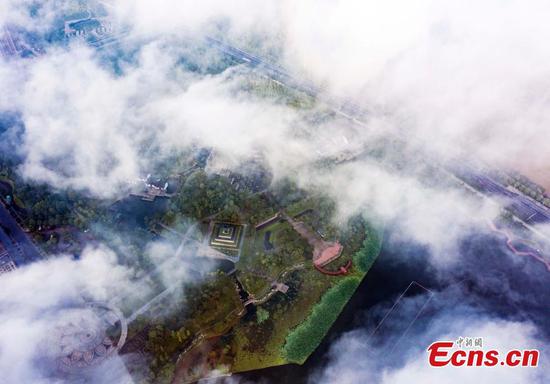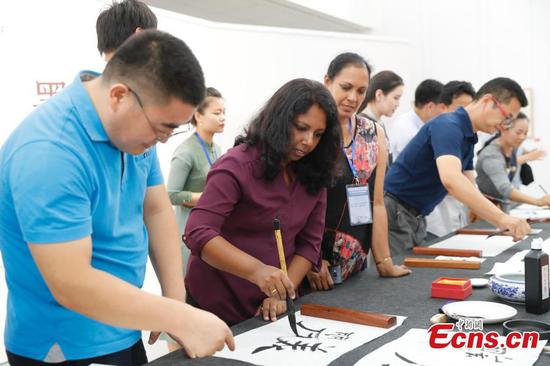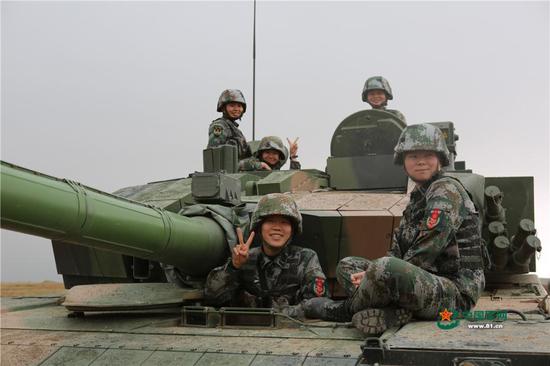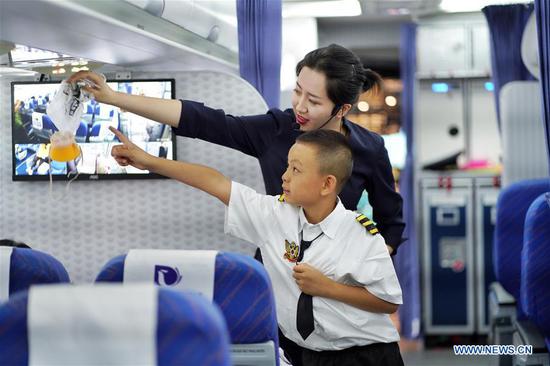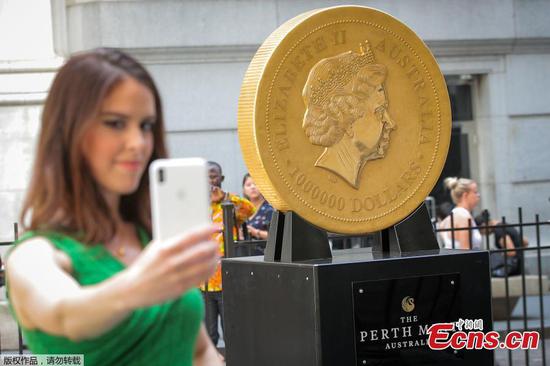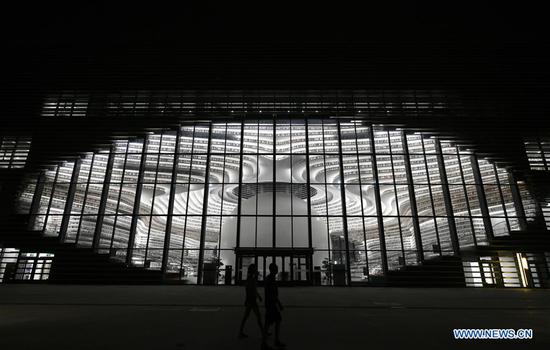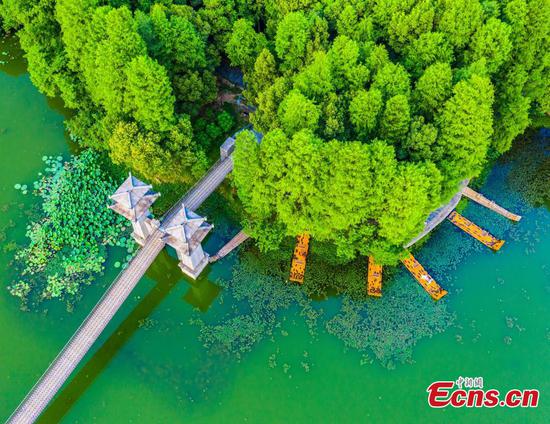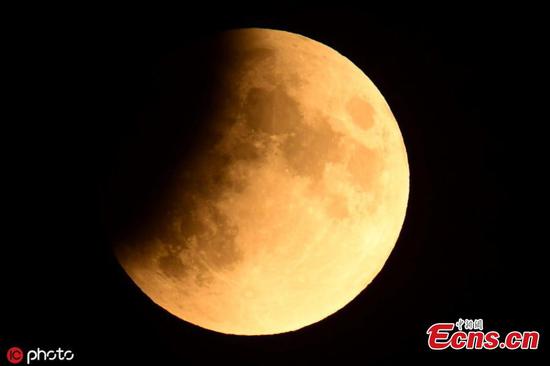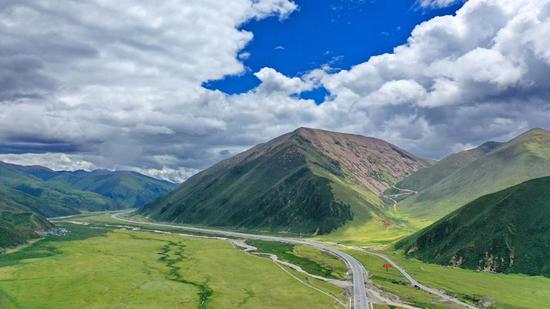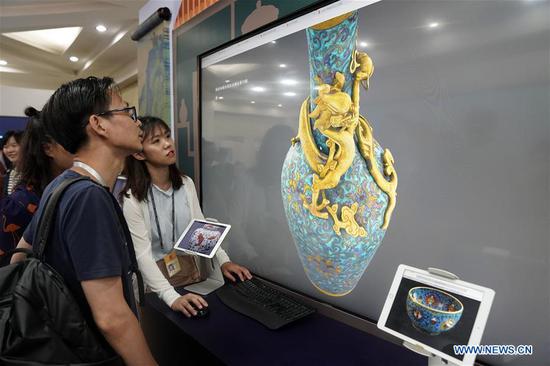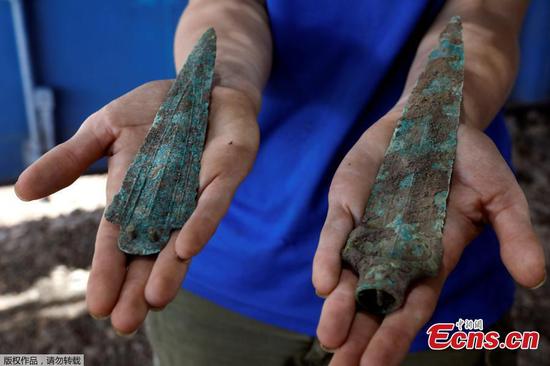V. Xinjiang Ethnic Cultures Are Part of Chinese Culture
The Chinese nation has a civilization that dates back more than 5,000 years. Over these five millennia, all ethnic groups of China have created a long history and a splendid culture. The prosperity of the Qin, Han and Tang dynasties and during the reign of the Kangxi and Qianlong emperors of the Qing Dynasty was achieved by all the ethnic groups together. Ethnic and cultural diversity is a salient feature of the Chinese nation and also an important driving force for China’s national development.
Since ancient times, due to geographic variations and the unbalanced development of different regions, Chinese culture has grown diverse between the south and the north and between the east and the west. As early as the Spring and Autumn and the Warring States periods, basic regional cultures with their own distinctive features had already formed. From the Qin and Han dynasties, on through all the dynasties that followed, across the vast territory of China, cultures of all ethnic groups engaged in constant exchange and integration through migration, convergence, wars, marriage, and trade, and finally formed a splendid overall Chinese culture.
More than 2,000 years ago and beyond, Xinjiang was a gateway for China’s civilization to open to the West and an important base for cultural exchange and communication between the East and the West. The region experienced a wealth of cultural diversity and coexistence. Long periods of exchange and integration between the culture of the Central Plains and those of the Western Regions drove not only the development of various ethnic cultures in Xinjiang, but also the diversified and integrated Chinese culture as a whole. From the very beginning, ethnic cultures in Xinjiang have reflected elements of Chinese culture, which has always been the emotional attachment and spiritual home for all ethnic groups in Xinjiang, as well as a dynamic source of development for the ethnic cultures in the region.
Economic and cultural exchange between the Central Plains and the Western Regions began in the pre-Qin period. In the Han Dynasty, the Chinese language became one of the official languages used in government documents of that region. Pipa (the four-stringed Chinese lute), the Qiang flute, and other musical instruments were introduced to the Central Plains from or via the region. Agricultural production techniques, the system of etiquette, books in Chinese, and music and dances of the Central Plains spread widely in the region.
Later, the Uighur Kingdom of Gaochang adopted the calendar of the Tang Dynasty, and this practice continued until the latter half of the 10th century. “The governor’s generals are skilled in the songs of ethnic minorities, and local chiefs are able to speak Chinese.” This verse by the Tang poet Cen Shen reflects the equal status of Chinese and other ethnic languages commonly used at that time. It also demonstrates the cultural prosperity of that period.
Late in the Song Dynasty, Buddhist arts were still flourishing in the south of the Tianshan Mountains and a large number of relics remain till today. In the Western Liao period (1124-1218), the Khitan people, who destroyed the Kara-Khanid Khanate, controlled the Xinjiang region and Central Asia and realized regional unification, extensively inheriting and adopting the laws and regulations and etiquette of the Central Plains.
In the Yuan Dynasty, large numbers of Uighurs and people of other ethnic groups migrated into the inland areas. They settled there and learned and used the Chinese language. Some of them even sat for the imperial examinations and were recruited as officials at various levels. From these groups emerged statesmen, writers, artists, historians, agronomists, translators and specialists of other types, who vigorously promoted the development of ethnic cultures in Xinjiang.
During the Ming and Qing dynasties, under the influence of Islamic culture, ethnic cultures in Xinjiang developed slowly in integration and conflict with cultures from outside the region. In modern China, under the influence of the Revolution of 1911, the October Revolution in Russia, the May 4th Movement, and the New Democratic Revolution, ethnic cultures in Xinjiang began to modernize, and the Chinese national and cultural identity of all ethnic groups in the region reached a new height. After the founding of the PRC in 1949, ethnic cultures in Xinjiang entered a period of unprecedented prosperity and development.
The historical record indicates that when multiple languages were used as official languages and when exchanges were frequent in Xinjiang, it witnessed a boom in ethnic cultures and social progress. Long years of experience shows that learning and using standard Chinese as a spoken and written language has helped Xinjiang’s ethnic cultures to flourish.
The ethnic cultures in Xinjiang always have their roots in the fertile soil of Chinese civilization and make up an inseparable part of Chinese culture. Well before Islamic culture spread into Xinjiang, all ethnic cultures in the region, including the Uygur culture, had prospered in the fertile soil of China’s civilization. It was not until the turn of the 9th and 10th centuries, when Islam spread into the region, that the Islamic culture of the Arab civilization – which dates back to the 7th century – began to exert an influence on ethnic cultures in Xinjiang.
Religion can exert an influence on culture in two ways: willing acceptance, and forced acceptance through cultural conflict or even religious wars. In the case of Xinjiang, Islam entered mainly through the latter. This caused serious damage to the cultures and arts of the various ethnic groups in Xinjiang created in earlier periods when Buddhism was popular in the region. As to the incoming Islamic culture, the ethnic cultures in Xinjiang both resisted and assimilated it in a selective manner, and adapted it to China’s realities. This did not alter the fact that ethnic cultures in Xinjiang were ingrained with Chinese features, nor did it halt the flow of local cultures into Chinese civilization, or change the fact that they were part of Chinese culture. The epic Manas, which originated in the 9th and 10th centuries, became a literary masterpiece well-known in and outside China, thanks to performances and adaptation by Kirgiz singers. Around the 15th century, the epic Jangar of the Oirat Mongols gradually took shape in Xinjiang. These two epics, together with Life of King Gesar, are regarded as the three most renowned epics of China’s ethnic minority groups. Uygur literature has given birth to a galaxy of excellent works, including KutadguBilig (Wisdom of Fortune and Joy), Atebetu’lHakayik (A Guide to Truth), A Comprehensive Dictionary of Turkic Languages, and Twelve Muqams, all of which are treasures of Chinese culture. They represent the enormous contribution that ethnic groups in Xinjiang have made to the formation and development of Chinese culture.
Having a stronger sense of identity with Chinese culture is essential to the prosperity and development of ethnic cultures in Xinjiang. Throughout history, whenever the central government exercised effective governance over Xinjiang and the society of the region was stable, exchanges and communication between ethnic cultures in Xinjiang and the culture of the Central Plains ran smoothly, and the economy and culture of Xinjiang flourished and grew prosperous. Whenever ethnic cultures in Xinjiang assimilated, integrated and accommodated the diverse culture of the Central Plains, including the concepts of benevolence, people-orientation, integrity, sound reasoning, harmony and unity, diversity and integration of Xinjiang ethnic cultures were more apparent, and these cultures could make more progress. For the ethnic cultures in Xinjiang to prosper and develop they must keep pace with the times, be open and inclusive, engage in exchange and integration with other ethnic cultures in China and mutual learning with other ethnic cultures throughout the world, and play their role in fostering a shared spiritual home for all China’s ethnic groups.









